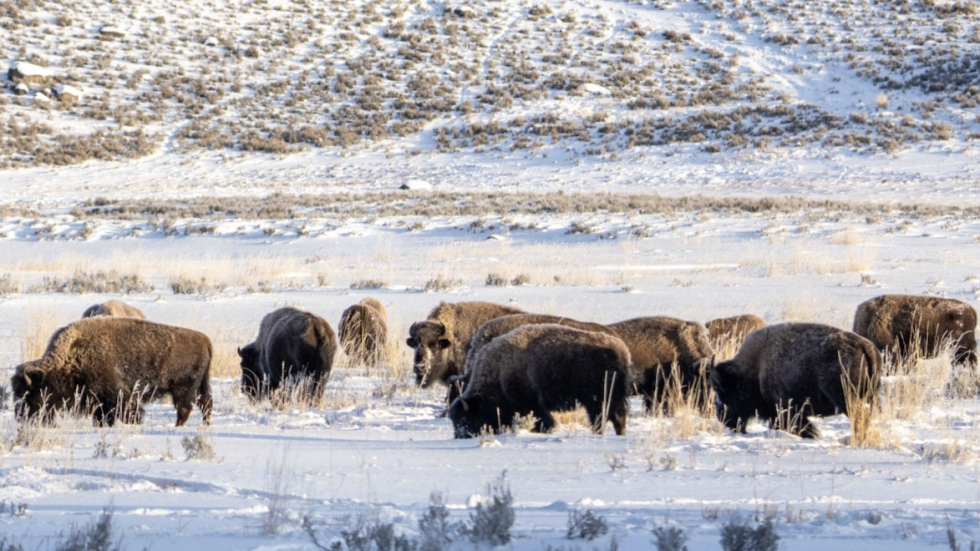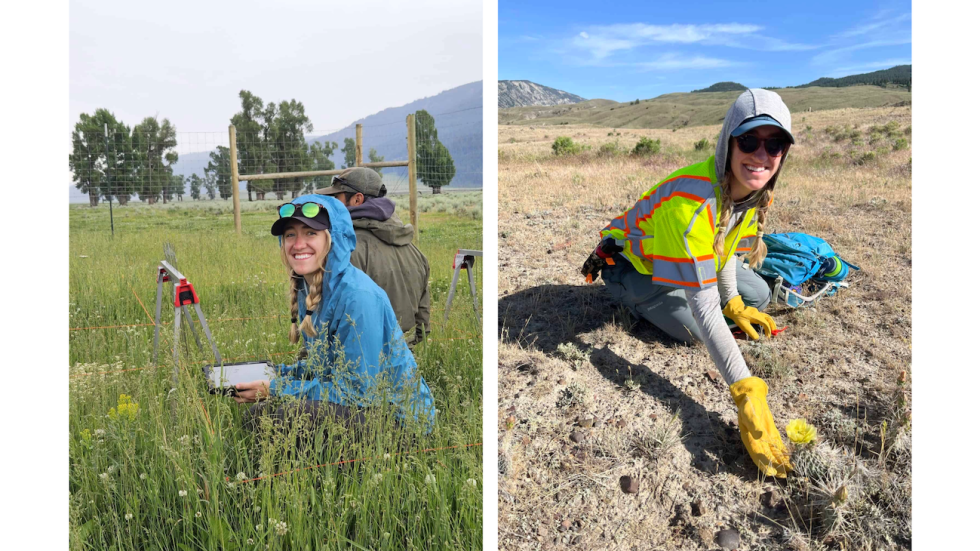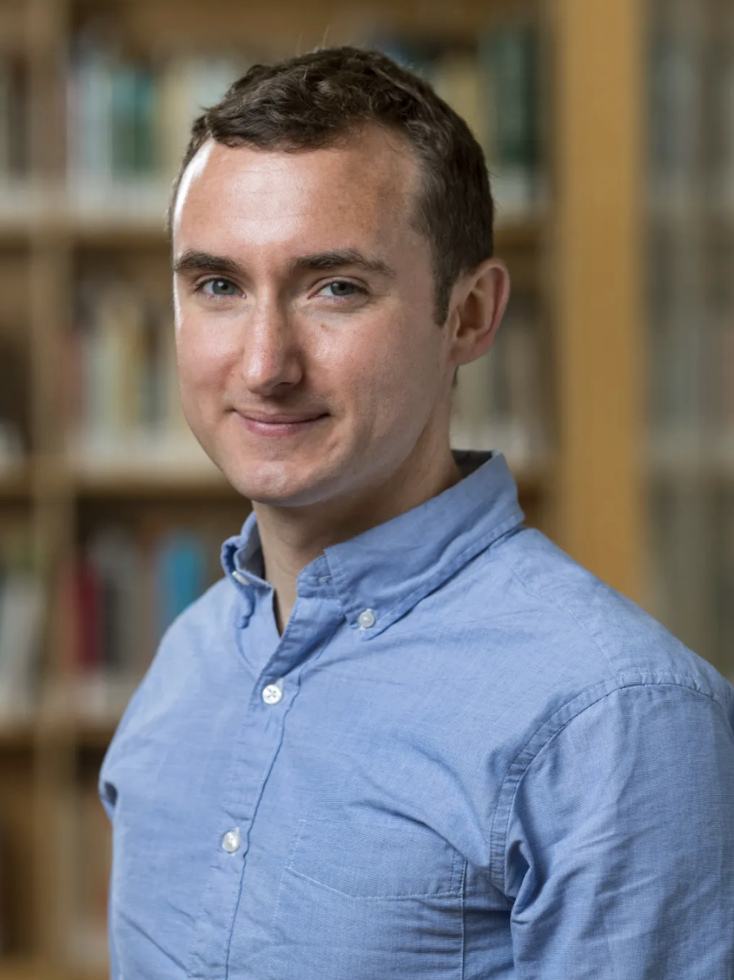Collaborative by nature: How the Kartzinel Lab is rewriting conservation science
In Tyler Kartzinel’s Genomic Opportunities Lab, students and scientists work hand-in-hand with global partners to solve urgent conservation challenges, from restoring habitats to understanding what keeps wildlife healthy.
From the plains of Yellowstone to forests in South America, Kartzinel’s team blends fieldwork, genomics, and data science to help conservation organizations answer pressing questions—and act on them.
“We talk across boundaries,” says Tyler Kartzinel, Associate Professor of Environment and Society and of Ecology, Evolution, and Organismal Biology. “Plenty of labs focus on genetics, or field ecology, or data science. We do all three, often within the same project, and in partnership with the people who need answers to protect nature.”

This past summer, those partnerships were in full swing in Yellowstone National Park, where Ph.D. candidate Hannah Hoff is leading a large-scale study of migratory herbivores: bison, elk, pronghorn, and more. Her research combines DNA metabarcoding with nutritional analysis to understand what these animals eat, why, and how those choices affect their health. The work directly supports the National Park Service’s efforts to manage both wildlife and vegetation in one of the country’s most iconic landscapes.
“A lot of people study the nutritional quality of diets, and a lot of people study what animals eat,” says Hoff, who was recently named a Blavatnik Family Fellow for her outstanding scholarship and innovation in the life sciences. “Our approach combines those two streams of data, so we can say not just what species an animal ate, but how much that plant contributed to its nutrition. That opens up powerful possibilities for conservation planning.”

Bison in Yellowstone National Park.

Left: Hoff monitors plant communities in Yellowstone National Park. Right: Hoff locates a cactus, Opunita polycantha, to collect for DNA analysis and for addition to a growing reference library of DNA specimens to help profile herbivore diets in Yellowstone National Park.
Conservation solutions through partnerships
The Yellowstone project is just one example of how the lab works hand-in-hand with outside partners. Current collaborators include the U.S. National Park Service, Save the Elephants in Kenya, and the Sloth Conservation Foundation in Costa Rica, among others. Each partner brings a unique set of needs: restoring rhino populations, identifying forage plants that sustain migrating wildlife, or mapping the genetic diversity of a species to strengthen its case for protection.
The Kartzinel Lab explores a range of research topics, including:
“Every organization we work with is dedicated to protecting nature, but their challenges—and the scientific unknowns—are different,” Kartzinel says. “Our job is to meet them where they are and bring the right tools, whether that’s field surveys, lab-based genomics, or advanced data modeling.”
Training the next generation of conservation scientists
Students play an integral role in these efforts. Undergraduate and graduate researchers from environmental science, biology, geobiology, and computer science join field expeditions through SPRINT fellowships, UTRA awards, and course-based projects. Many carry their work into senior theses or dissertations, with opportunities to publish findings and contribute to global databases like the publicly available Yellowstone Plant DNA Reference Library built by Hoff and her collaborators.
“The collaborative and interdisciplinary nature of work at GenOps has been especially inspiring to me,” says Julianne Ho ’27, who is enrolled in the Brown | RISD dual degree program. “GenOps is truly a synergy of passion, disciplines, and innovation—all driven by a shared care and mission to conserve our planet’s ecosystems.”
Beyond Yellowstone, the lab is preparing for its next frontier: a major fundraising campaign that builds on an IBES Catalyst Award to study biodiversity and animal health across Central and South America. “We still don’t know exactly how many sloth species there are, how distinct they may be between countries, or what it takes to keep them healthy in a changing world,” Kartzinel says. “That kind of knowledge could completely transform conservation strategies.”
In the Kartzinel Lab, collaboration isn’t a step in the process—it is the process. From day one, projects are shaped through teamwork that bridges disciplines, institutions, and ecosystems. This spirit of partnership stays central from design to discovery, with innovation and applied solutions moving hand in hand.
It’s rare for students to see their research directly inform decisions that protect ecosystems. But here, they do. And once you’ve seen that impact, it changes the way you approach science forever.
